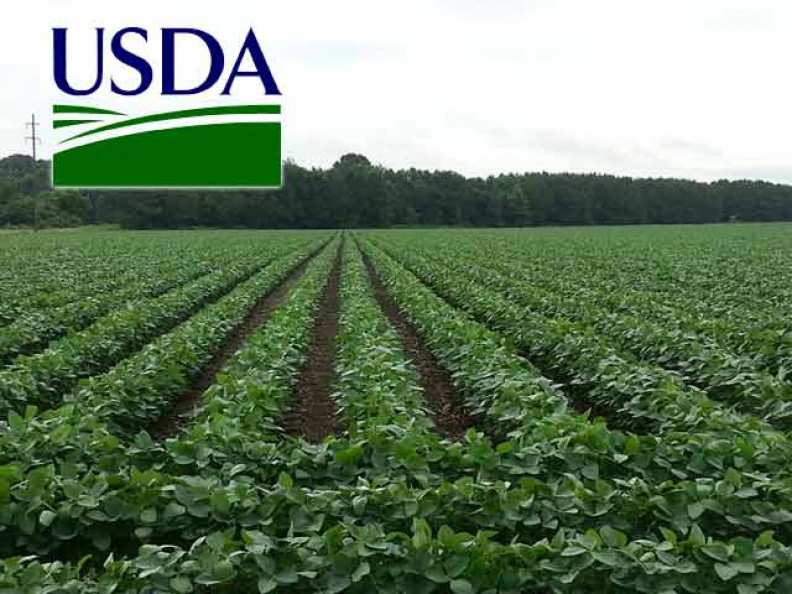By Jim Steadman
The September 2019 World Agricultural Supply and Demand Estimates (WASDE) report has been released by USDA. Here’s this month’s summary for cotton:
The 2019/20 U.S. cotton estimates include lower beginning stocks, production, exports, and consumption, while ending stocks are unchanged. Beginning stocks are reduced 400,000 bales this month, reflecting 2018/19 reported ending stocks data from the Farm Service Agency and the NASS Cotton System Consumption and Stocks report.
Production is lowered 654,000 bales to 21.9 million, largely due to a decline for the Southwest, while consumption is lowered 100,000 bales reflecting recent activity. Exports are projected 700,000 bales lower due to reduced U.S. production and a lower projected U.S. share of world trade. The 2019/20 season-average price for upland cotton is forecast at 58 cents per pound, down 2 cents from last month.
In both the 2017/18 and 2018/19 U.S. cotton balance sheets, the estimate for unaccounted cotton is revised downwards and exports are revised upwards. The unaccounted element of the U.S. cotton balance sheet has been growing in recent years, indicating an imbalance in the sum of the other components. The estimates for production, consumption, and stocks have maintained their consistency over this time, but a growing difference has occurred between the sources available for estimating U.S. exports. For 2017/18, exports are raised 432,000 bales, and unaccounted is reduced 332,000 bales. For 2018/19, exports are raised 546,000 bales, and unaccounted is 546,000 bales lower than the result based on the methodology used in past years. In each marketing year, revised exports are estimated as the average of the export levels reported by the Bureau of the Census and USDA’s Export Sales Reporting System. See the Foreign Agricultural Service’s Cotton: World Markets and Trade for more details on the export change and the Economic Research Service’s Cotton and Wool Outlook for a detailed explanation of the stocks calculation.
The 2019/20 world estimates this month show higher beginning stocks, but lower production, consumption, and world trade. Production is forecast 709,000 bales lower as reductions for the United States and Australia offset an increase for India. Consumption is forecast 1.3 million bales lower than in August, with lower estimates for China, India, Brazil, Thailand, Vietnam and the United States offsetting an increase for Turkey. World trade is lower, as lower imports are forecast for China, Vietnam and Thailand. World ending stocks for 2019/20 are forecast 1.3 million bales higher this month at 83.7 million bales, 2.9 million bales above the revised 2018/19 estimate.


